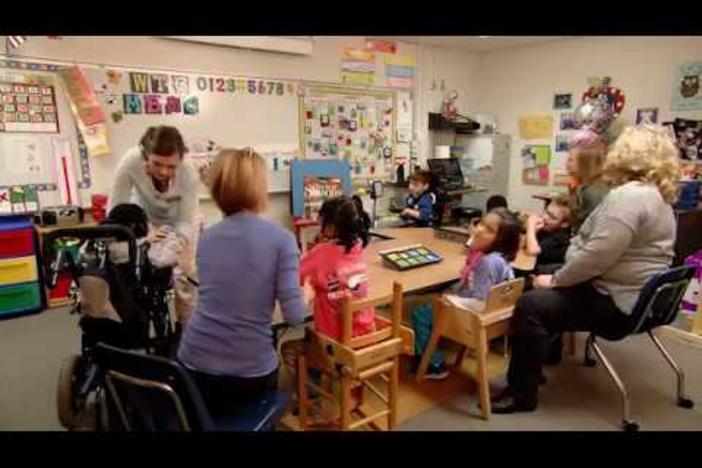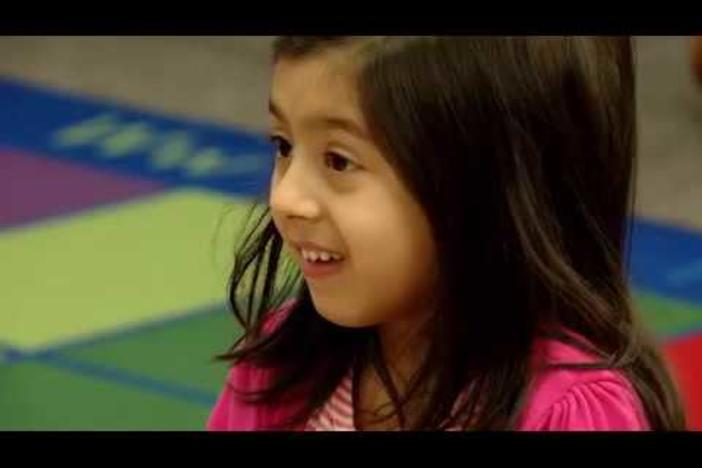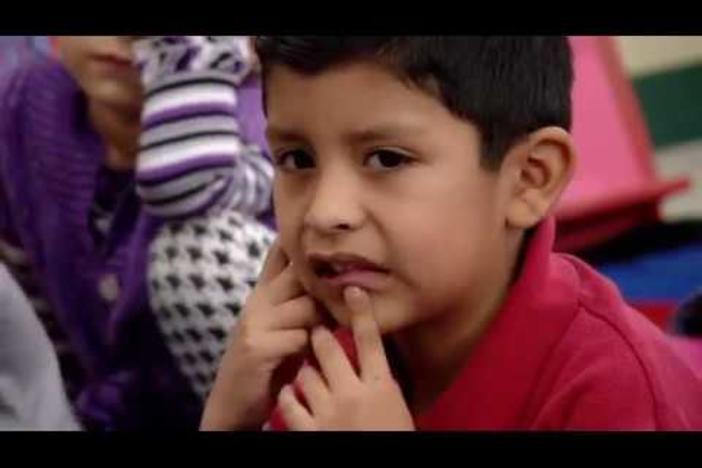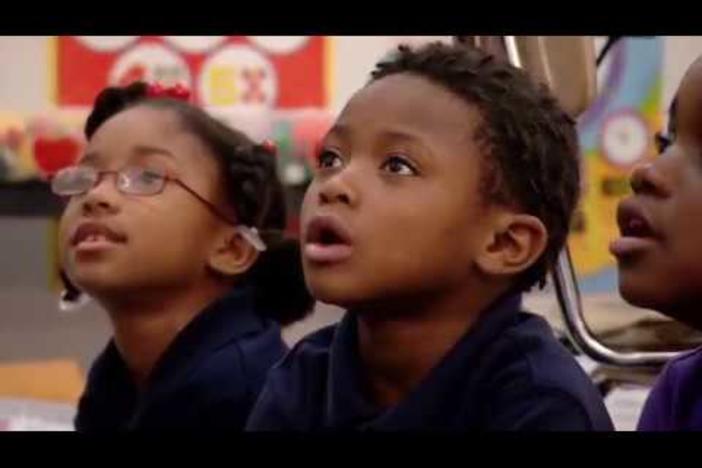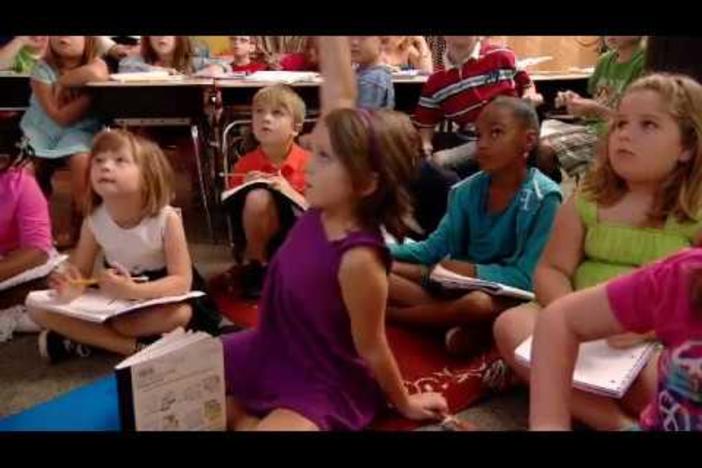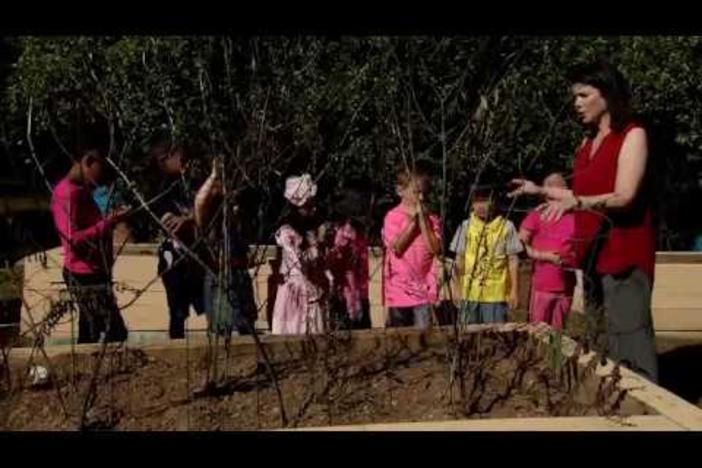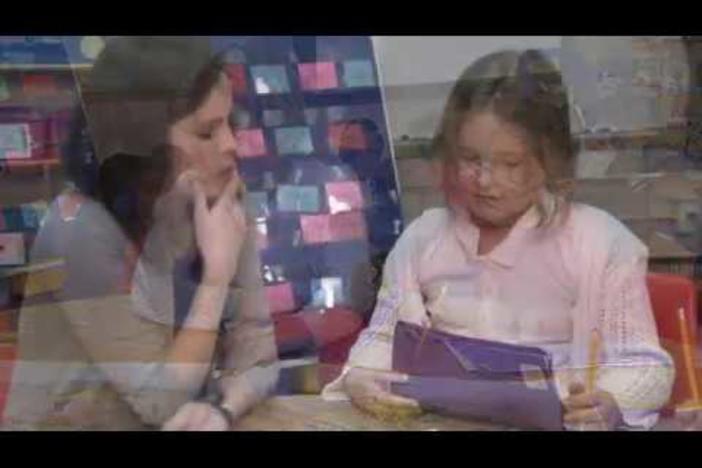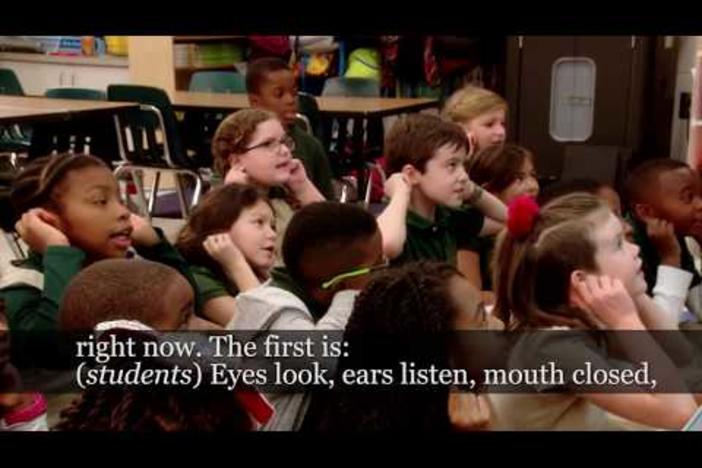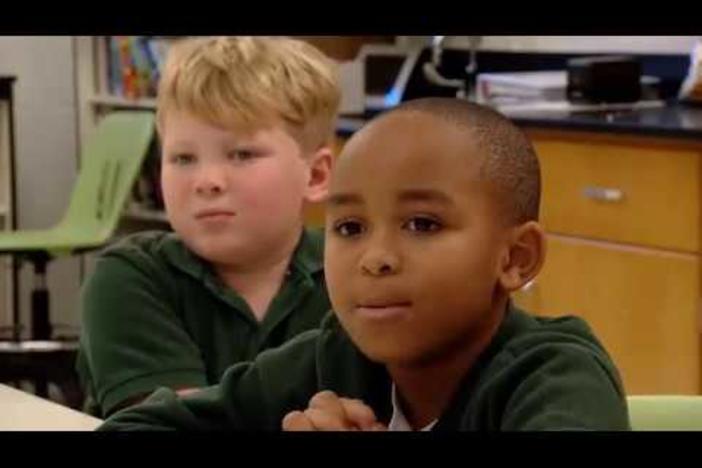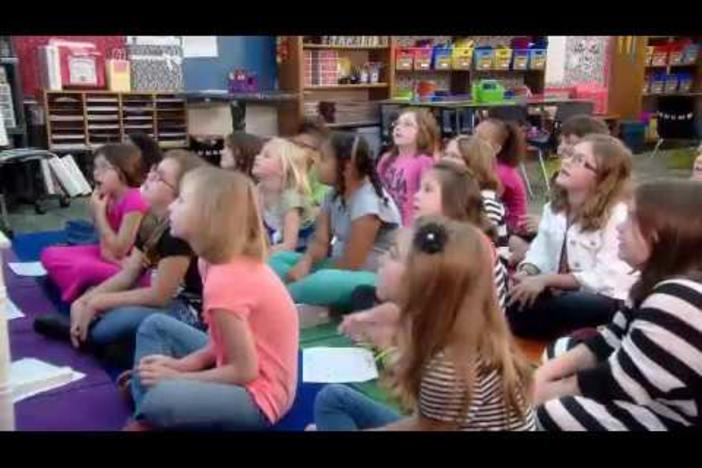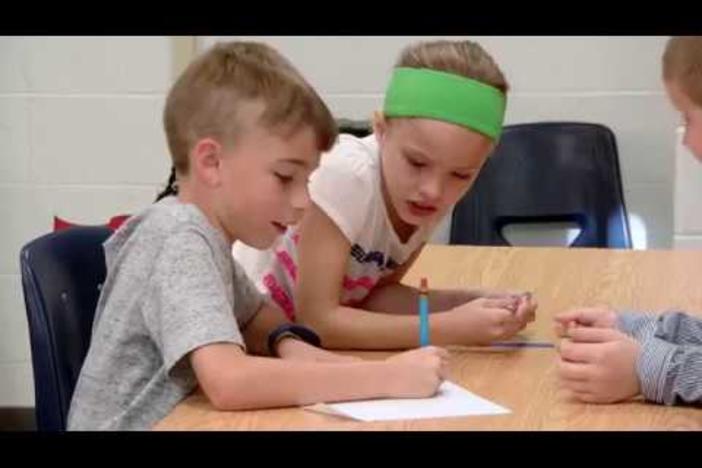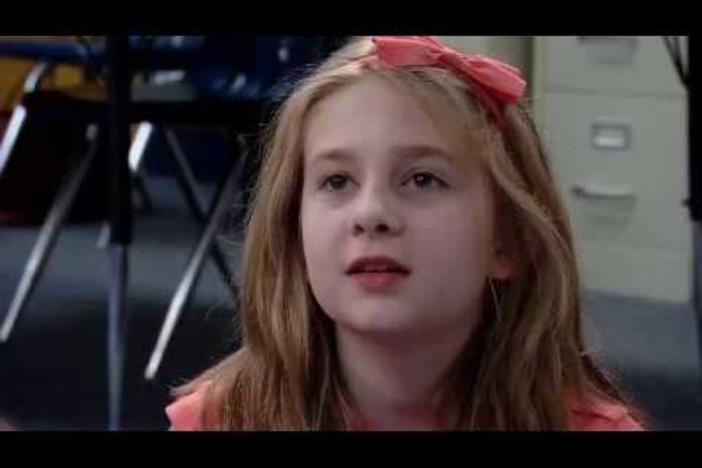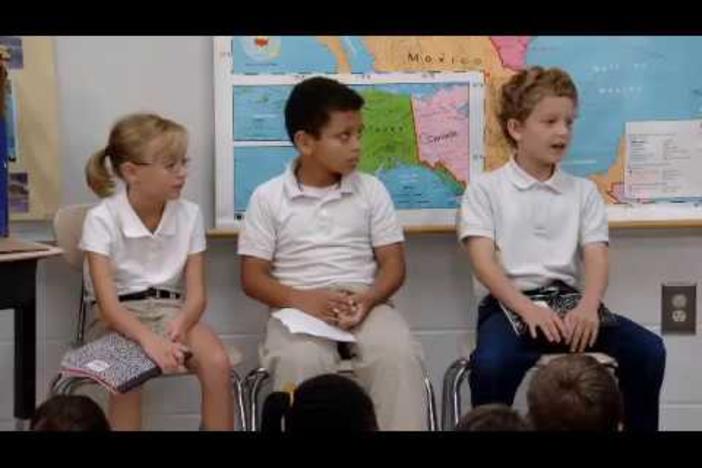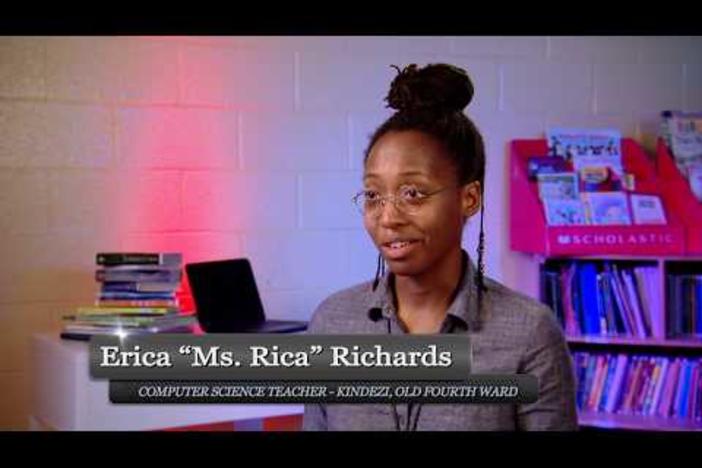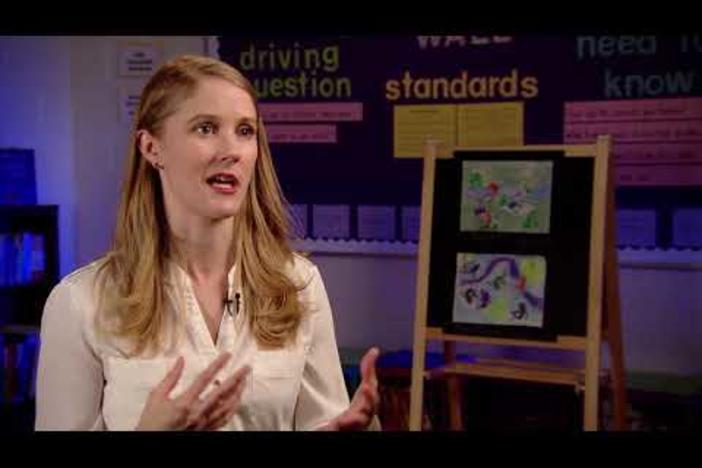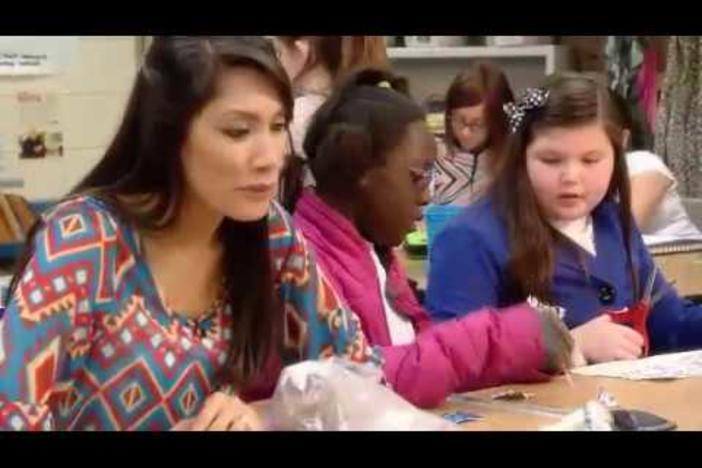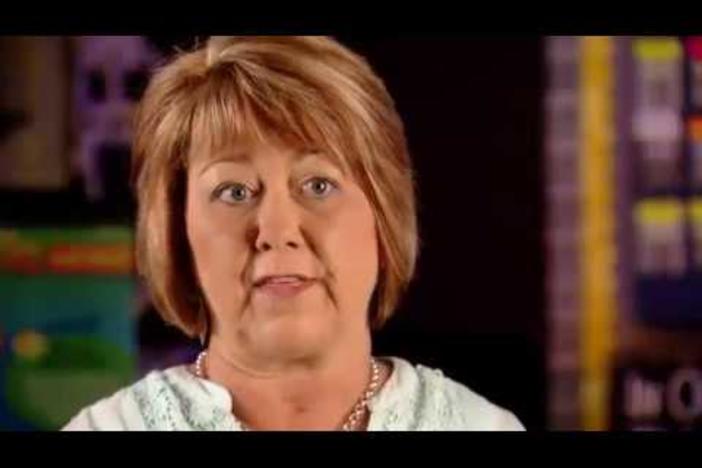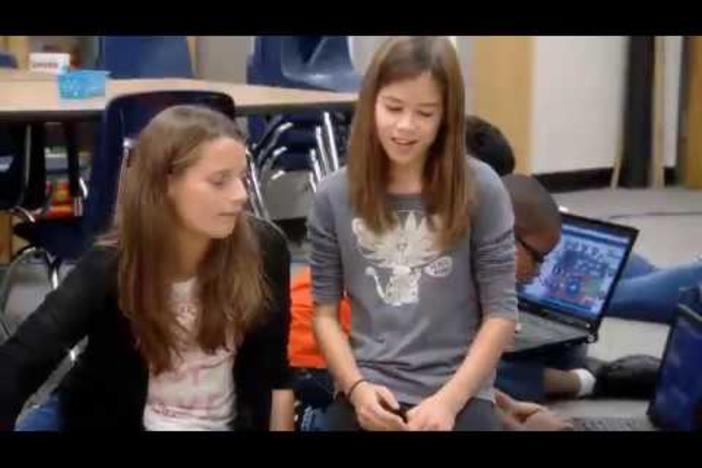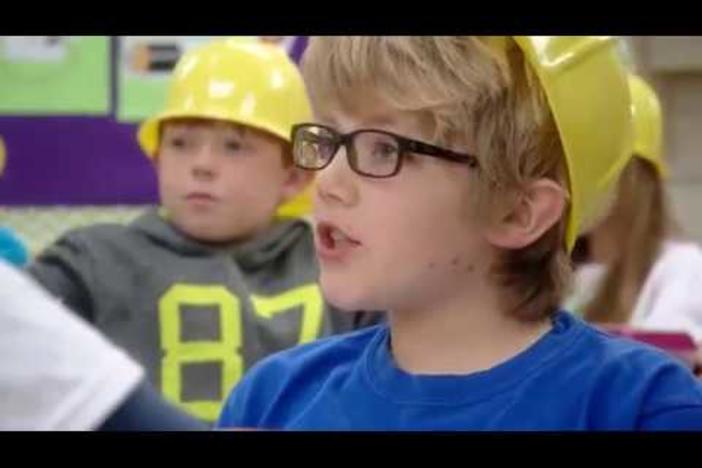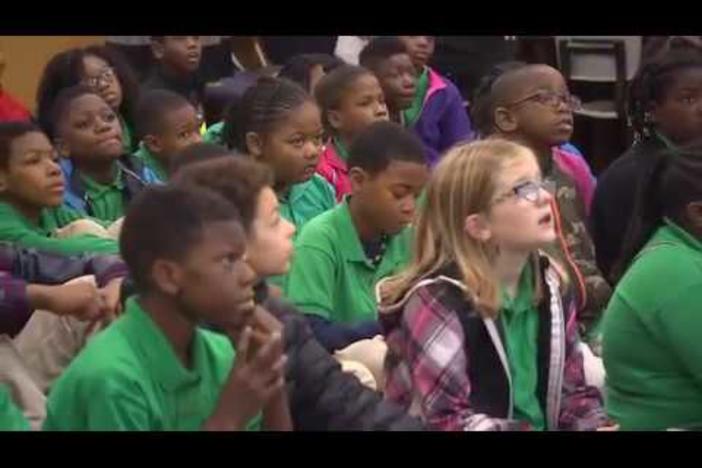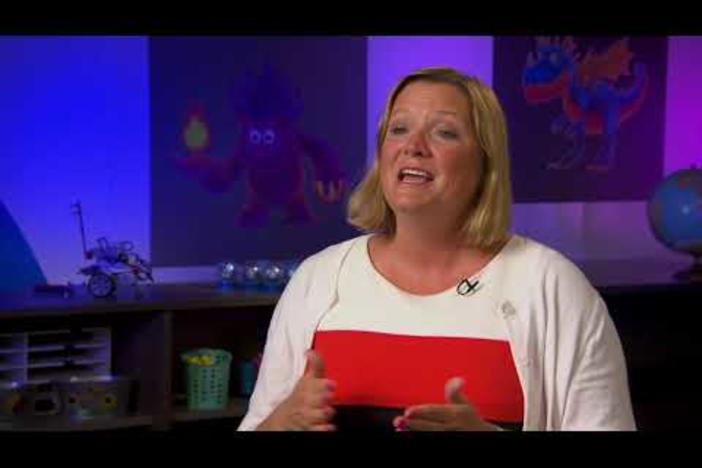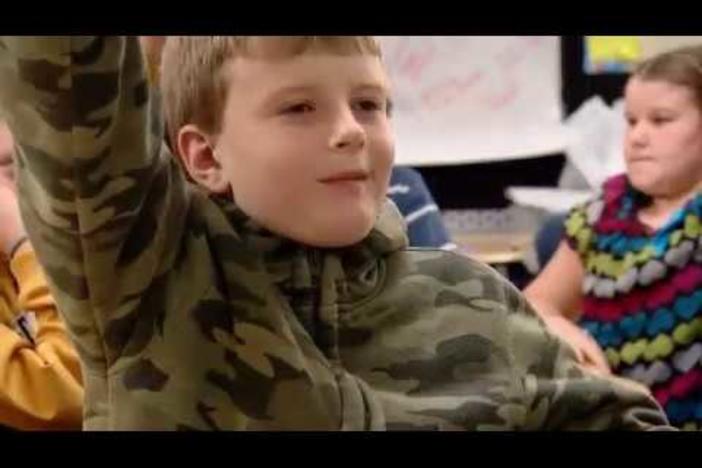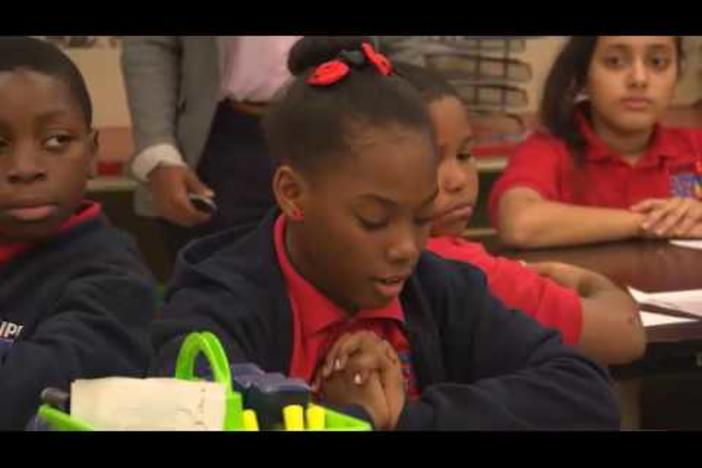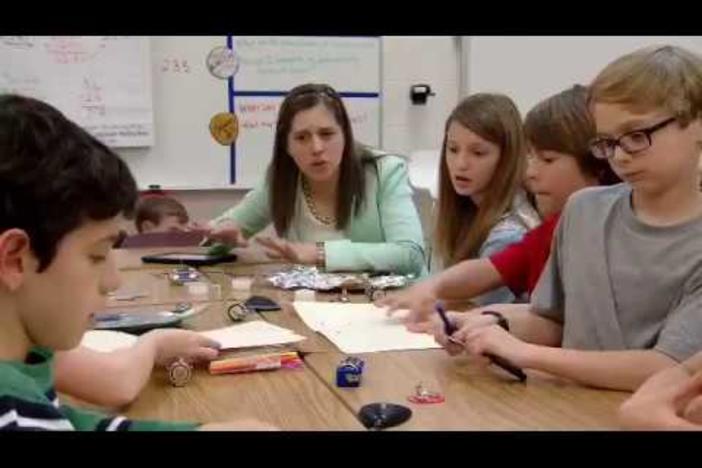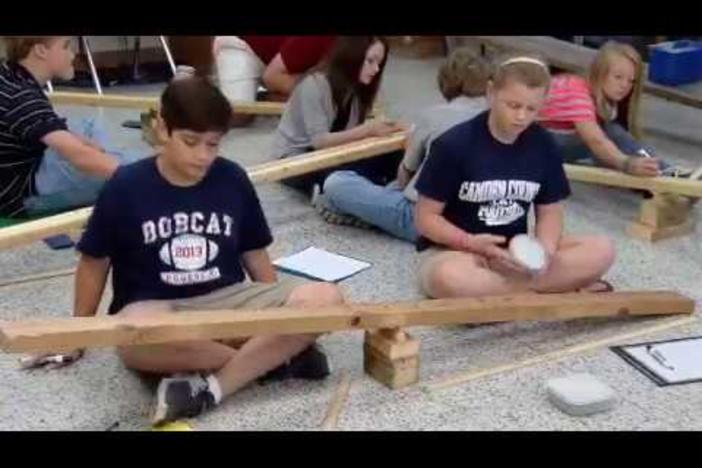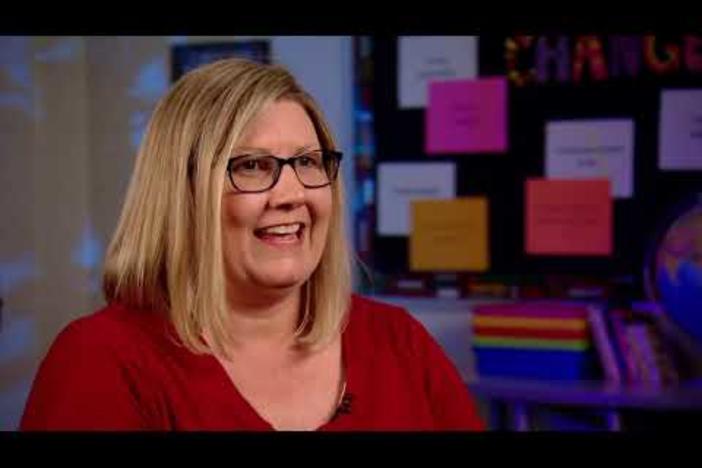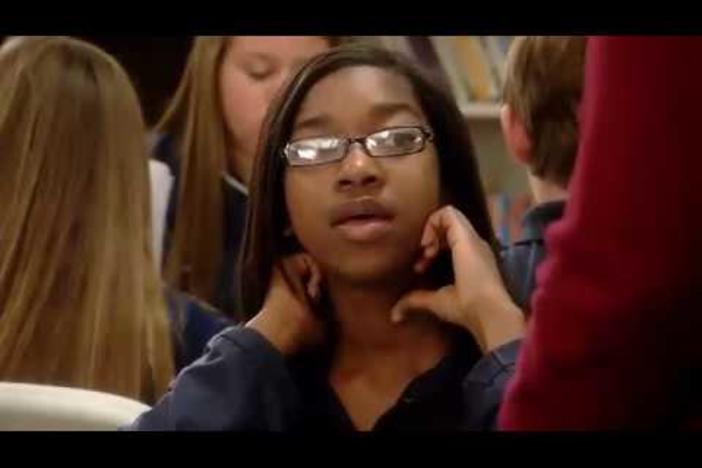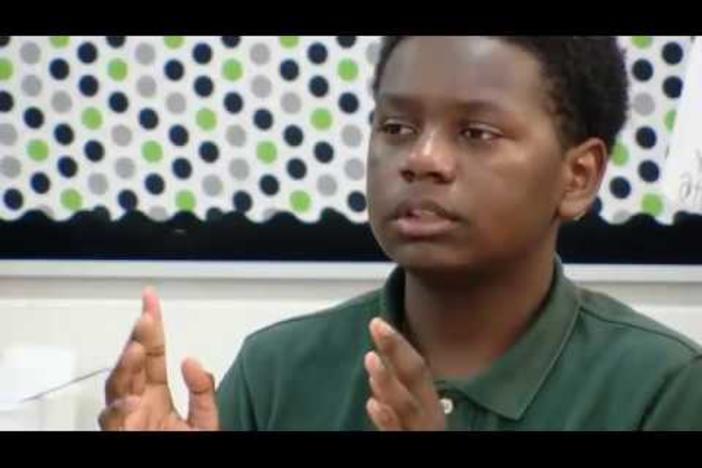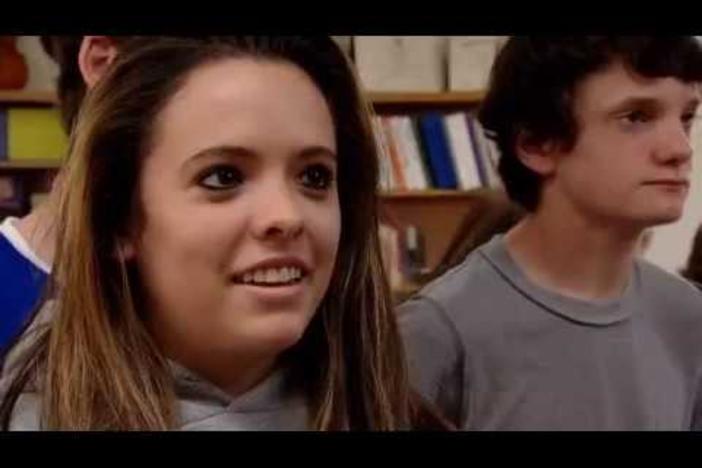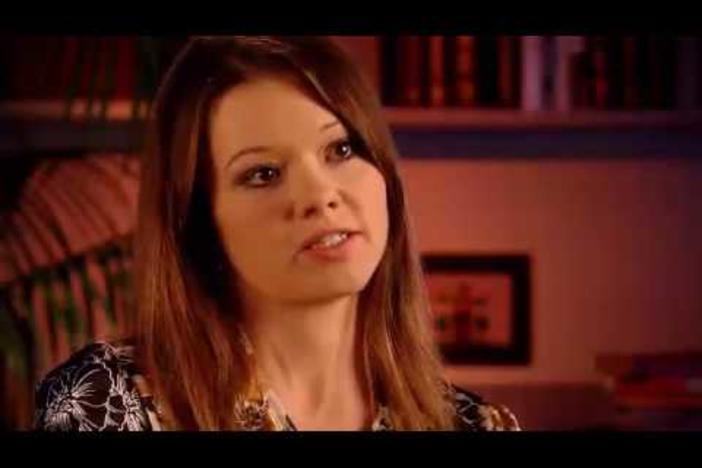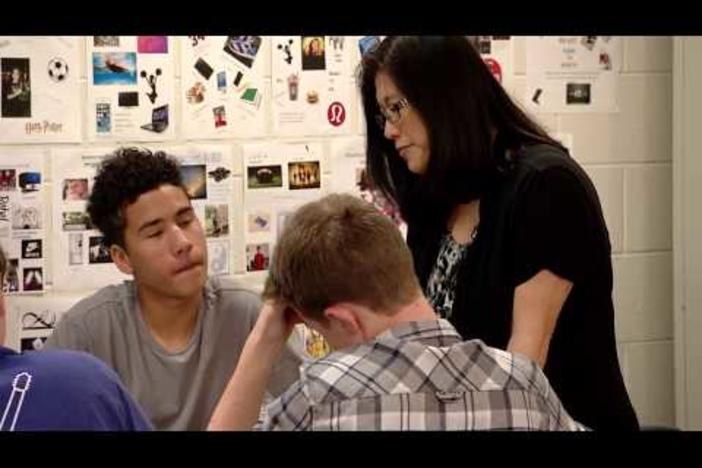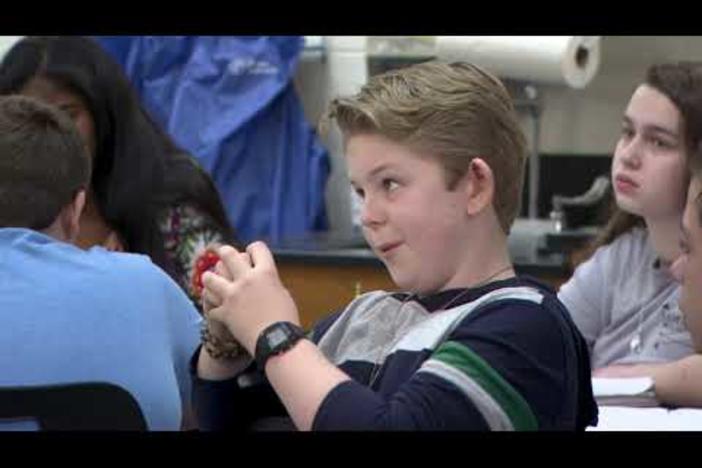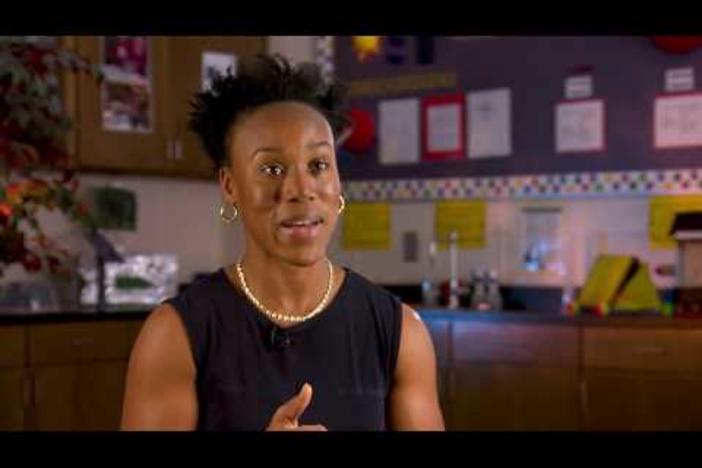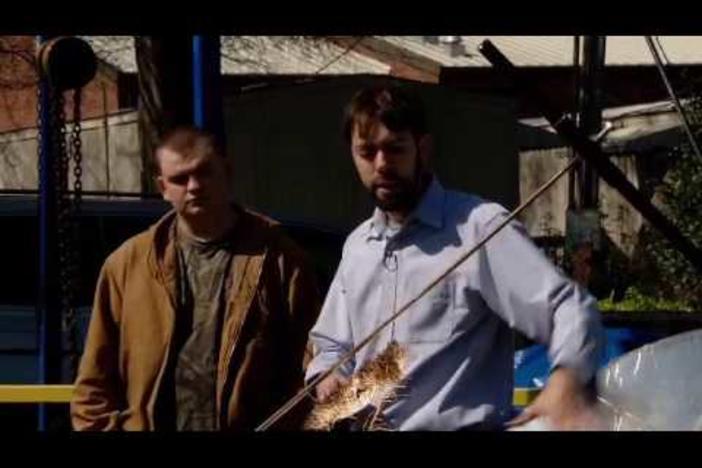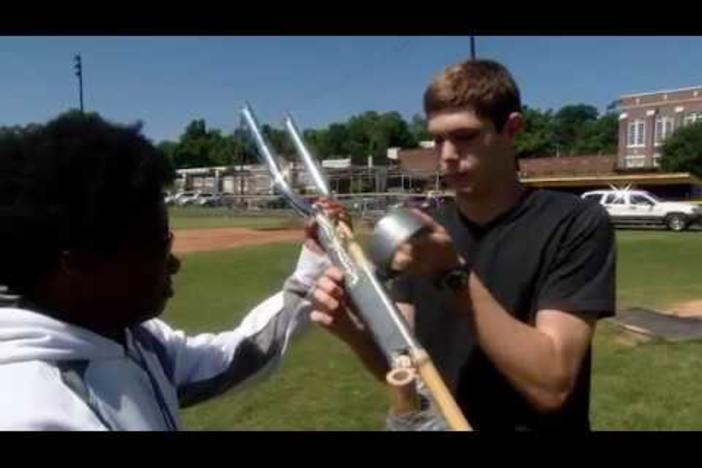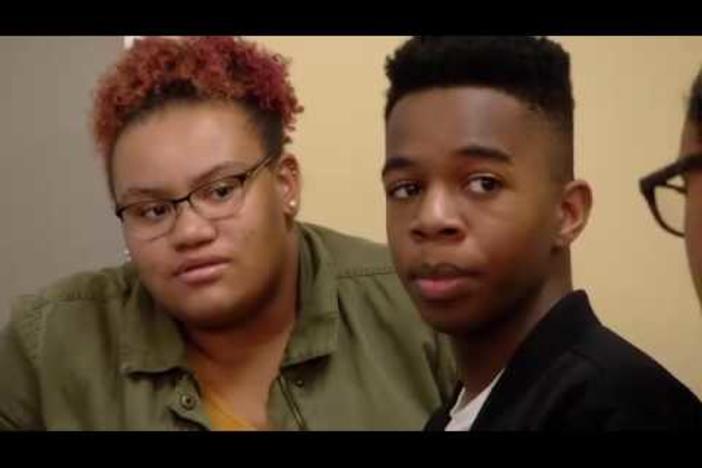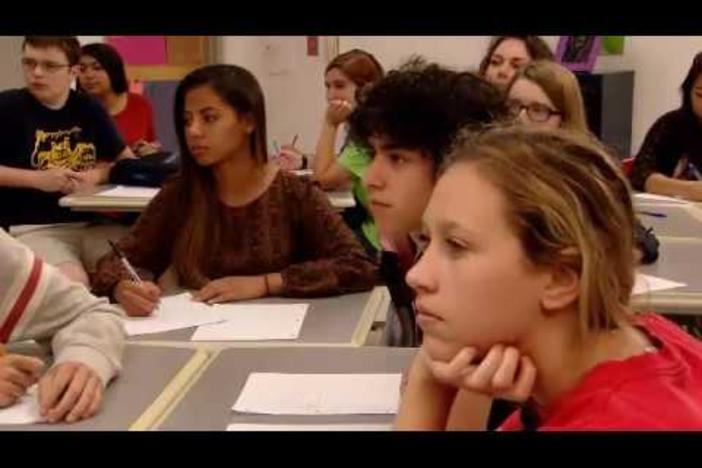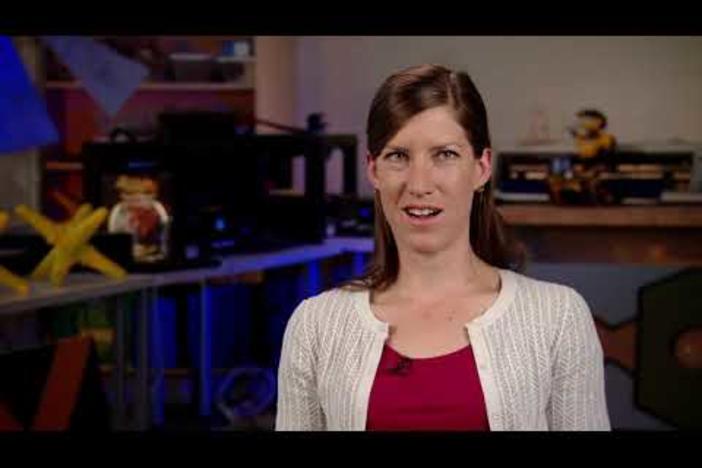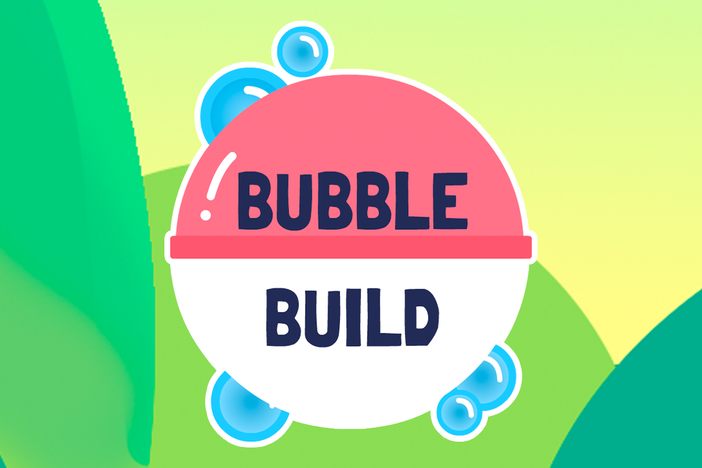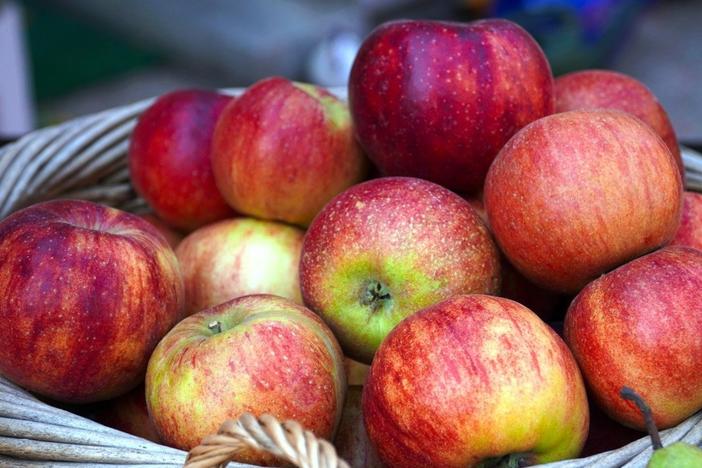Exploring STEM Through Stuffed Animals
This ten-day kindergarten STEM unit incorporates English Language Arts (ELA), mathematics, and science standards and requires students to work collaboratively and use critical thinking skills. Students bring their own stuffed animals to school, sort their animals in different ways (movement, covering, and habitat), compare and contrast their stuffed animals to others in the class, and learn about baby animals. Students also complete the Can You Guess My Animal? Project – requiring them to incorporate facts about their animal into a riddle. Towards the end of the unit, students work collaboratively to engineer different shaped pens for their animals using a variety of materials, including Popsicle sticks, paper clips, play dough, pipe cleaners and yarn.
Exploring STEM Through Stuffed Animals
This ten-day kindergarten STEM unit incorporates English Language Arts (ELA), mathematics, and science standards and requires students to work collaboratively and use critical thinking skills. Students bring their own stuffed animals to school, sort their animals in different ways (movement, covering, and habitat), compare and contrast their stuffed animals to others in the class, and learn about baby animals. Students also complete the Can You Guess My Animal? Project – requiring them to incorporate facts about their animal into a riddle. Towards the end of the unit, students work collaboratively to engineer different shaped pens for their animals using a variety of materials, including Popsicle sticks, paper clips, play dough, pipe cleaners and yarn.
English Arts
Participate in collaborative conversations with diverse partners about kindergarten topics and texts with peers and adults in small and larger groups.
Use a combination of drawing, dictating, and writing to compose informative/explanatory texts in which they name what they are writing about and supply some information about the topic.
Mathematics
Model shapes in the world by building shapes from components (e.g., sticks and clay balls) and drawing shapes.
Understand that the last number name said tells the number of objects counted (cardinality). The number of objects is the same regardless of their arrangement or the order in which they were counted.
Compare two numbers between 1 and 10 presented as written numerals.
Classify objects into given categories; count the numbers of objects in each category and sort the categories by count. *(Limit category counts to be less than or equal to 10.)*
Science
Obtain, evaluate, and communicate information about how organisms (alive and not alive) and non-living objects are grouped.
Obtain, evaluate, and communicate information to compare the similarities and differences in groups of organisms.
English Language Arts:
ELA.K.SL.1, ELA.K.W.2
Mathematics:
M.K.G.5, M.K.CC.4b, M.K.CC.7, M.K.MD.3
-
About the Teacher
Debi Goodman
Shallowford Falls Elementary
Cobb County SchoolsDebi Goodman is currently a Kindergarten teacher at Shallowford Falls Elementary School in Marietta, GA. She holds a B.S. in Education from James Madison University and has over 16 years of teaching experience in both Kindergarten and 2nd grade. Ms. Goodman was also the 2008/2009 Shallowford Falls Elementary Teacher of the Year. Her best piece of teaching advice is: Don’t be afraid to try new things change is good!
